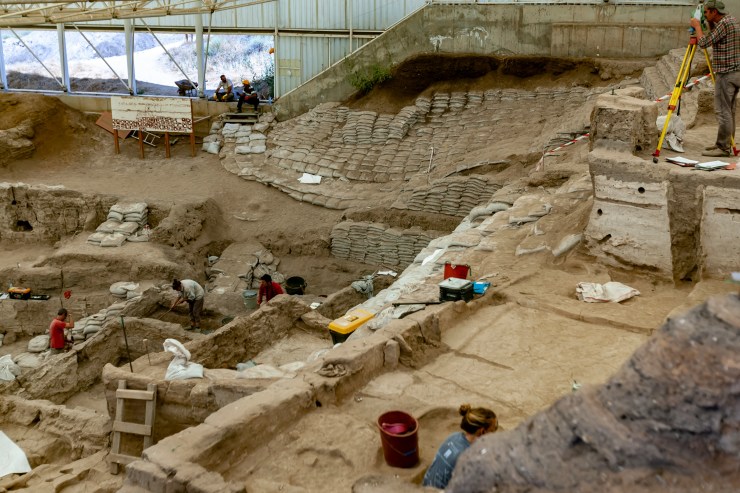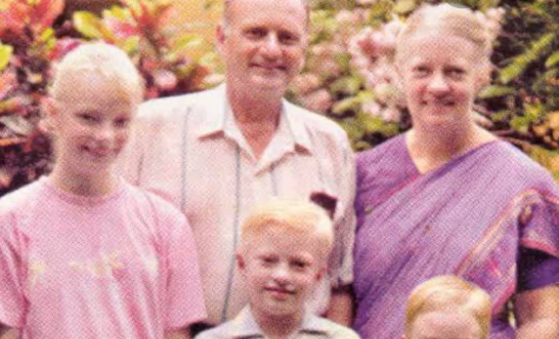
Archaeologists in Israel have discovered two rare African figurines carved from ebony in ancient desert graves, offering a remarkable glimpse into cultural and trade links across continents 1,500 years ago.
The find was made at Tel Malhata, a historic site in the Negev desert with human occupation dating back to the Middle Bronze Age. In a section of the necropolis used during the sixth and seventh centuries C.E., researchers uncovered three graves—believed to belong to two women and a child—containing a variety of grave goods.
Among the most intriguing items were five carved figurines—three fashioned from bone, which were common in domestic rituals of the time, and two carved from ebony, a luxury wood sourced from South or Southeast Asia. These ebony figurines are especially notable for their depiction of individuals with distinct African features.
“It’s an exceptional discovery,” said Dr Noé D. Michael, an archaeologist with the Israel Antiquities Authority (IAA) and the University of Cologne, in a statement to the press. “To our knowledge, no similar figurines have been identified in Israel or nearby regions.”
Published in ‘Atiqot’, the IAA’s academic journal, the research outlines how these artefacts highlight the extent of international trade in the region. Tel Malhata sat along ancient trade routes connecting Arabia, Africa, and India—routes through which luxury goods such as ebony likely travelled.
Experts at Tel Aviv University confirmed the wood’s origin as India or Sri Lanka, with historical records attesting to a trade in ebony between Asia, Egypt, and the Horn of Africa as early as the fourth century C.E.
The two ebony figurines were found in the tombs of a woman aged 20–30 and a child aged 6–8. Both figurines feature small holes at the top, suggesting they may have been worn as pendants. Researchers believe these items held personal or spiritual significance and may have symbolised identity, memory, or ancestral heritage.
Given the similarity in burial goods and proximity of the graves, archaeologists suggest the woman and child were likely related—possibly mother and child—though DNA testing was not possible due to poor bone preservation.
Two bone figurines were also discovered in the same burial, while a third was found in a nearby tomb of a young woman aged 18–21. Researchers speculate these individuals may have migrated from Africa or been influenced by African traditions during a period when religious conversion and cultural blending were common.
The presence of African-style figurines in early graves indicates a preservation of ancestral customs, even as communities adopted new religious identities. “These objects likely represent a continuity of tradition,” the researchers noted. “Even after the spread of new beliefs, old customs and memories endured through such personal items.”
This discovery provides fresh insight not only into burial practices of the time but also into the global connections that shaped the ancient Levant. It underscores the cultural diversity of the region and highlights the ways in which faith, trade, and identity intersected in early communities.
Based on reporting originally shared by Smithsonian Magazine.




